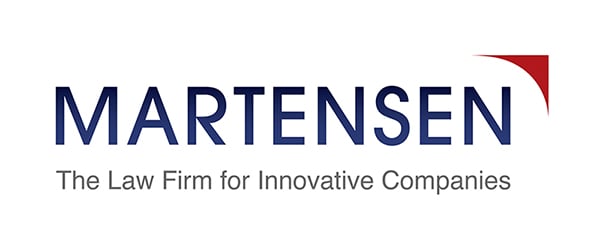Beyond Tech: Your Business Model is Intellectual Property
Innovation is not limited to technological advancements; it extends to novel ways of doing business. While patents, trademarks, and trade secrets are typically associated with protecting technology, they are also useful for safeguarding innovative business models. One such example is Uber, whose revolutionary approach to transportation has redefined the ride-hailing industry. Understanding how to protect innovative business models, in addition to your technology, can enhance your competitiveness in the marketplace.
The Power of Innovative Business Models
 Uber's success is not solely attributed to its technology but also to its innovative business model. By leveraging existing resources (drivers’ personal vehicles) and technology (drivers’ and customers’ smartphones), Uber created a seamless and convenient way for people to get from point A to point B. This innovative approach disrupted the traditional taxi industry by improving ride availability without the need for expensive infrastructure.
Uber's success is not solely attributed to its technology but also to its innovative business model. By leveraging existing resources (drivers’ personal vehicles) and technology (drivers’ and customers’ smartphones), Uber created a seamless and convenient way for people to get from point A to point B. This innovative approach disrupted the traditional taxi industry by improving ride availability without the need for expensive infrastructure.
Using IP Tools to Protect Business Models
Patents: Uber's extensive patent portfolio includes a number of patents aimed at safeguarding its business model. For example, Uber has issued patents for
- Financing a rideshare system,
- monitoring passenger safety,
- a system for setting a rideshare fee,
- and a system for offering a rideshare service using smartphones, among many others.
These patents, while not divorced from the technology being used, are oriented toward Uber’s use of existing resources to establish a rideshare business.
Trademarks: Uber also has an extensive portfolio of trademarks, including its name and logo, which are traditional ways to protect brand identity. However, Uber also has several other trademarks that reflect services it offers associated with its core business (e.g., Uber Eats, Uber Freight), slogans aimed at its drivers and customers (“Drive Like a Boss,” “Get Your Ride Right”), and marks aimed at business expansion efforts (Uber for Business, Uber Cash). Uber’s use of trademarks shows a strategy of consolidation and promotion of its core business and its business model of expanding services from its core offering.
Trade Secrets: While Uber has plenty of public-facing IP registrations, it also likely protects many of its business method innovations through trade secrets. For example, customer data, expansion plans, driver statistics, profitability models, and other proprietary information are likely kept as trade secrets. Such trade secrets provide competitive advantages because they are not widely known. Your business model is key to understanding what secrets can be successfully maintained long term.
Reinforce Your Business Model with IP
Not only do innovative business models require IP protection as much as technology innovations, your business model should shape your entire IP portfolio. Further, your patents and trademarks can reinforce the same themes and insights that inform your business model. Such deep integration of your IP and business strategies ensures that patent, trademark, and trade secret holdings protect the most valuable company innovations and reduce IP holdings that contribute little value to the company’s success.
Martensen IP Can Help
If you’re seeking advice on how to protect your innovation, our experts can help. Contact our offices for more information and a consultation.


-1.png?width=352&name=ezgif_com-gif-maker_99)-1.png)

